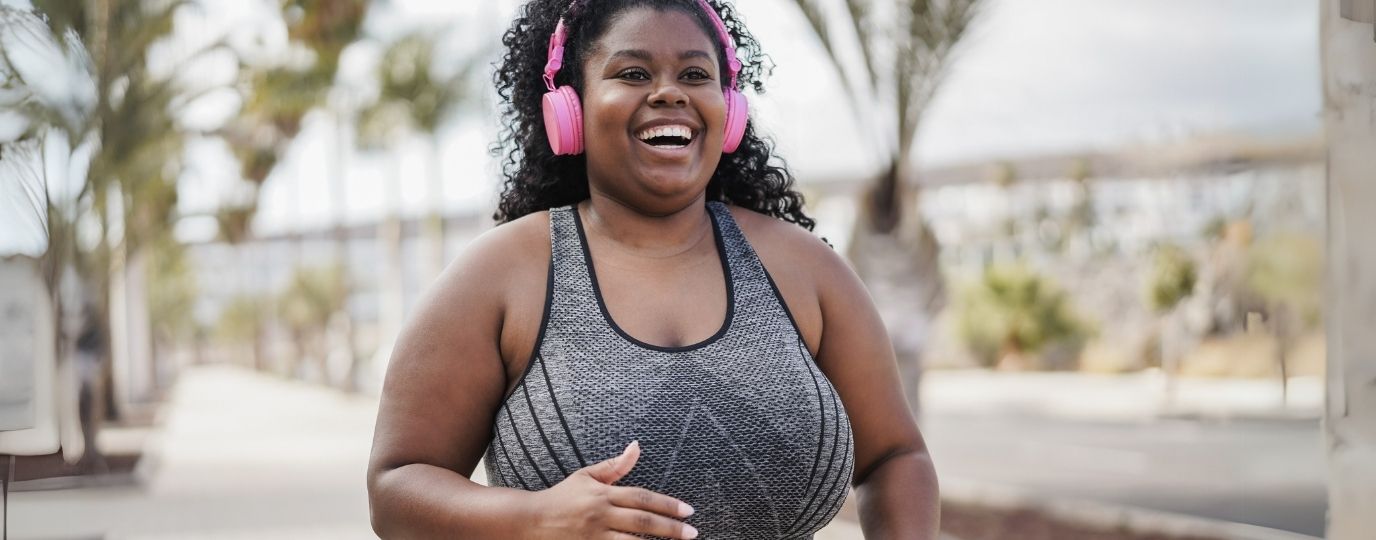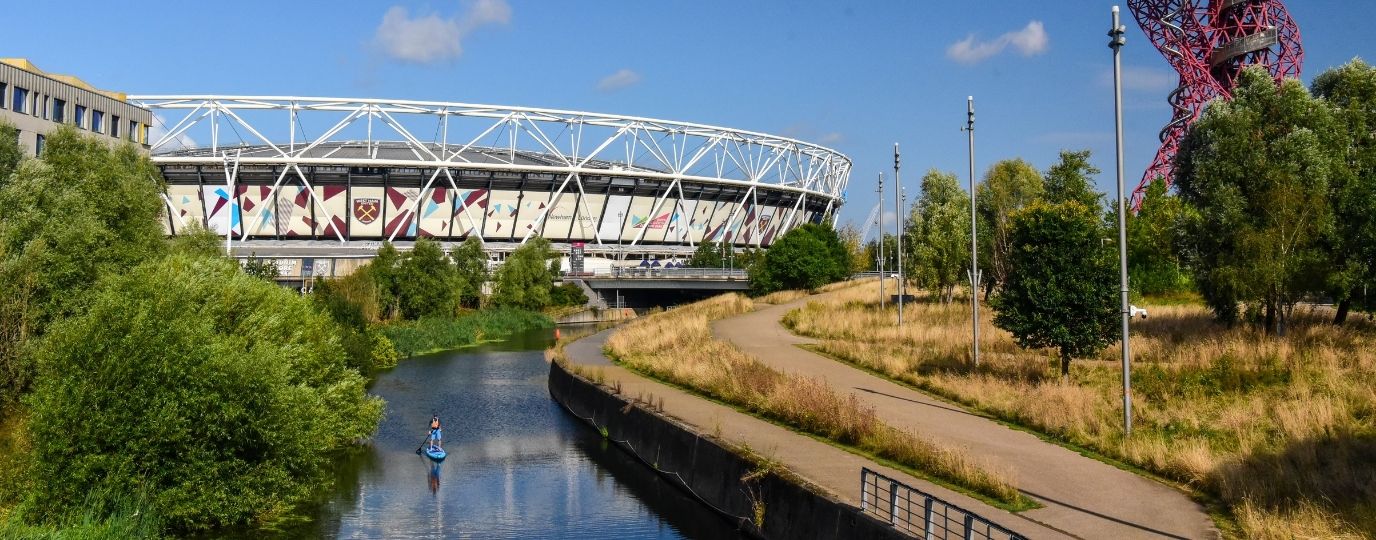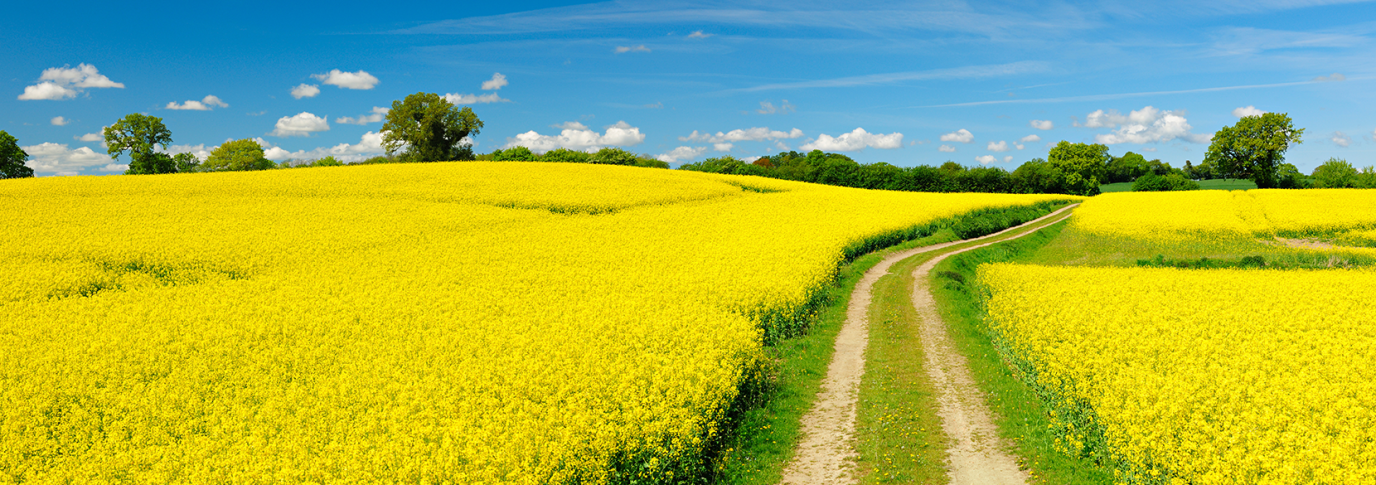Whether it’s around the block, to the shop, or a full scale marathon, there is no doubt that running is good for you. This beginner’s guide to running will help you get started.
As a free, straightforward and solo sport, there is little reason to prevent absolutely anyone from tying up their laces and getting out into the fresh air. As well as going solo, running can be extremely social and there are hundreds of running groups across Great Britain. Chat-running (running whilst chatting) is both good for the mind and body! The great thing about running is that you can choose where you go, how far you go and how fast you go. You can make it as hard or gentle as you like and if you walk sections, no problem – this doesn’t mean you’re not a ‘runner’.
If you want to head out for a run and improve your fitness, here are some tips to help you get the best from it.

Warm up
Whilst there is a breadth of differing opinions on how important it is to warm up, many believe that a gentle, carefully-considered warm up is the best option for many people.
For this, the muscles first need to be physically warmed up, as stretching them out when cold could end up putting the fibres under excessive strain. Torn or pulled muscles, of course, leave a heavy, painful ache that can put the brakes on a training regime before it even gets started. So, ahead of going through intense stretches that contort the body into all manner of shapes, some brisk walking, jogging on the spot or leg raises could help raise the heart rate, get more warm blood flowing round the muscles and provide adequate preparation with greatly reduced risk.
If you’re against a proper warm up or just don’t have the time, the least you can do is start off slow and increase your speed once you’ve worked up a bit of a sweat.
Build up
Nobody will expect to go out and run a half marathon on their first attempt, but it can often be a little demoralising for those who are out of breath after only getting to the end of the road. This should not be off-putting, nearly every single running plan out there starts very easy indeed, often with the time spent running being measured in seconds more than minutes. Every runner has to start somewhere!
This will then provide a base from which to steadily improve every session. Once this base has been established, adding to it will often come much easier than the first session, so start with little runs and turn them into much larger ventures. You may find your speed naturally increase but don’t worry if your pace stays the same. We all have a natural running pace in which we feel most comfortable and some people are just naturally faster than others to begin with.

Many runners will say that the hardest sessions are the very first ones, after which runs become more enjoyable, and they get much longer.
Gear up
Going out running may indeed be absolutely free, but this often comes after the initial outlay of a few pounds in order to get the right kit. The most important of these, as expected, is the footwear. Anything that is comfortable, supportive and breathable will do a perfectly suitable job.
New trainers should be taken out for smaller runs or even walks in order to first wear them in before attempting a much longer route. New trainers can chafe or rub, so even if you’re excited about the new purchase, it’s best to start them off gradually. Consult your local running shop if you plan to take your running up a notch and need more technical shoes.

Mix up
The joy of running outdoors is the sheer variety of routes and scenery available. Gone are the same old views from the gym treadmill, replaced instead by ever-changing scenery. This, of course, helps keep routes and journeys fresh, so runners are not left re-treading the same old familiar ground.
Varying routes also help to provide a much more well-rounded workout that will aid fitness levels, endurance and muscle mass. Swapping straightforward flat runs with those on undulating routes, for example, will help build overall leg strength and boost longevity. When it comes to running races or events in future, this can only help as, if you can run up hill, you can certainly run on the flat.
It’s a good idea to alternate solo runs with social runs. Running with a buddy will help take your mind off the actual running (if this is something you struggle with!) it will also make your runs more exciting. If you don’t have a running buddy, mix up your music, stick on a podcast or just listen to nature. By making every run is different will help you stay motivated.
Measure up
One reason that running proves hugely popular is because it can be a perfectly non-competitive sport. Unlike football, rugby or tennis, for example, you can go out, have a great run and not worry about competition with others. The only competition is yourself and the road stretching out ahead.
That doesn’t mean that it can’t be challenging though, and competition with yourself to keep pushing and trying, and to beat your personal best, can help keep running interesting long after the initial novelty of it begins to wear off.
Wearable GPS devices and the OS Maps app can monitor the route taken and the time in which it was done (as well as lap times throughout). It will also allow you to measure distances and provide diagnostic feedback once a run has been completed. This is typically the route taken, its length, the time it took to complete and sometimes even calories burned throughout.
Overall, running is a largely free and hugely beneficial activity that is open for anyone to try and enjoy. Our best piece of advice for getting started? Remember, the first run is nearly always the hardest and IT DOES GET EASIER!
FIND RUNNING ROUTES IN OS MAPS
BEGINNERS GUIDE TO TRAIL RUNNING





